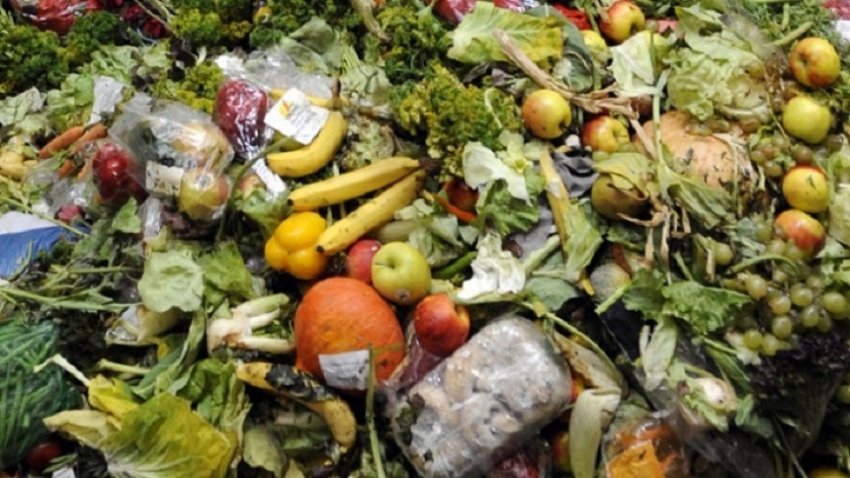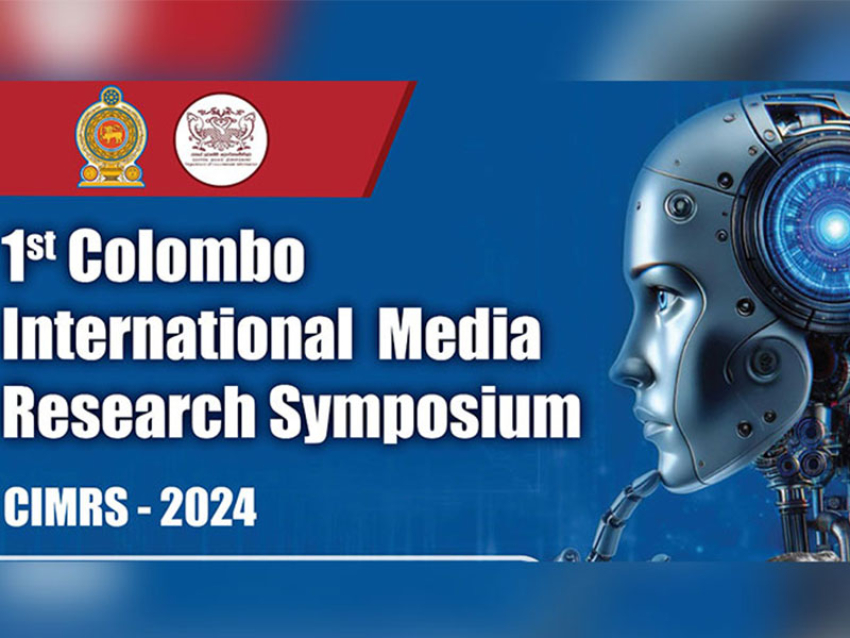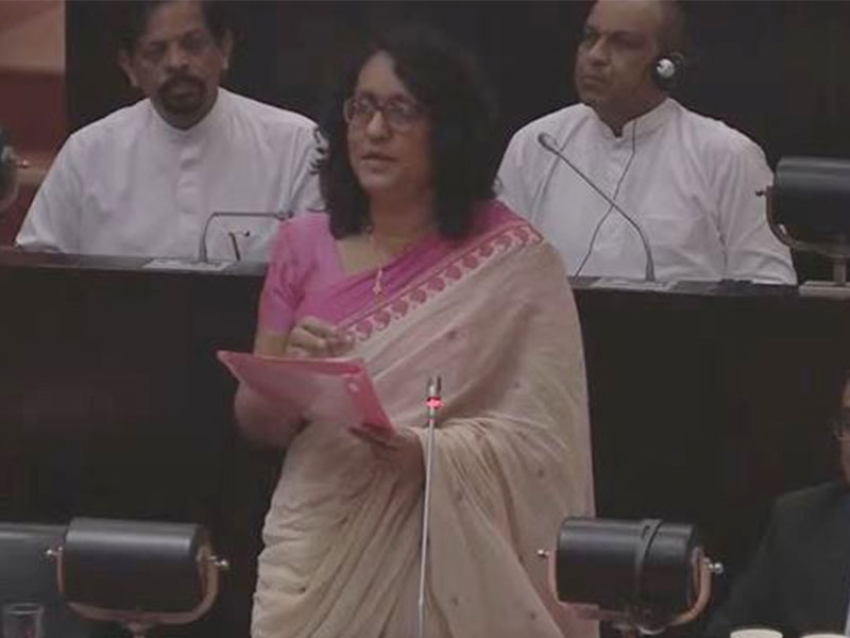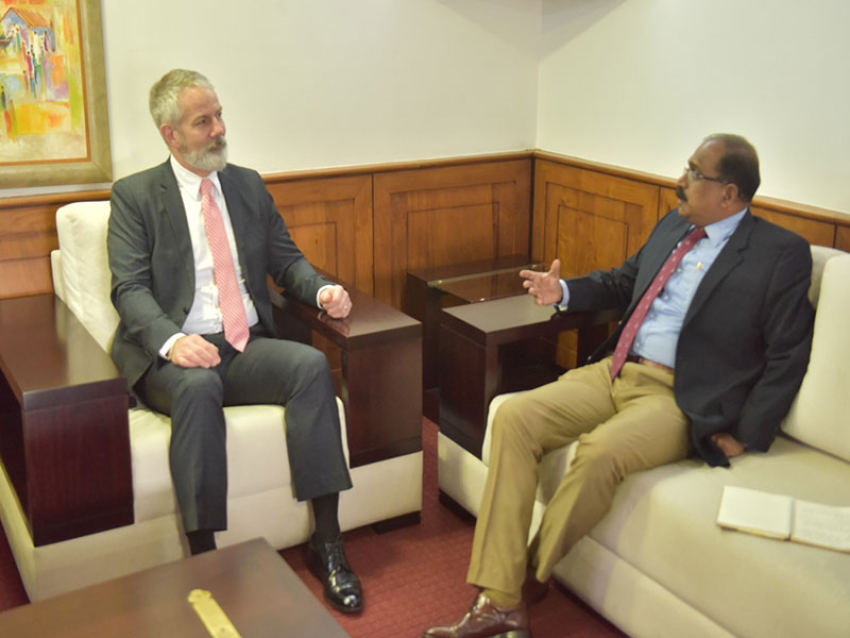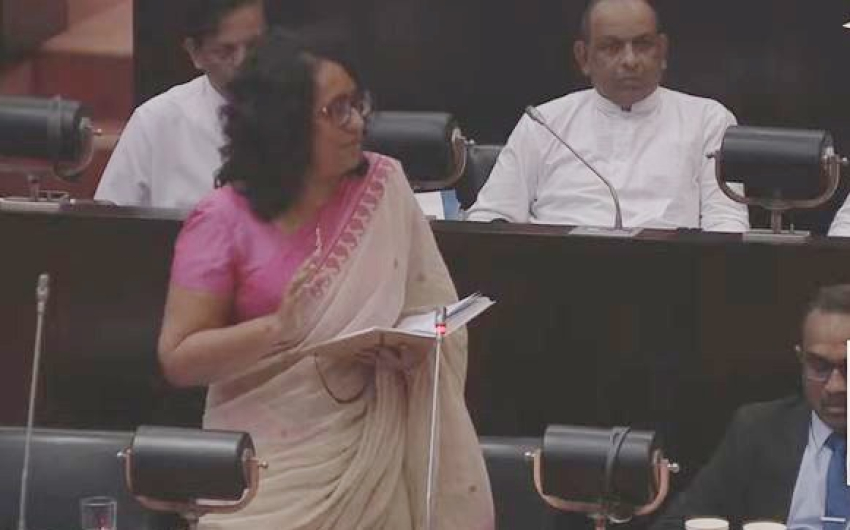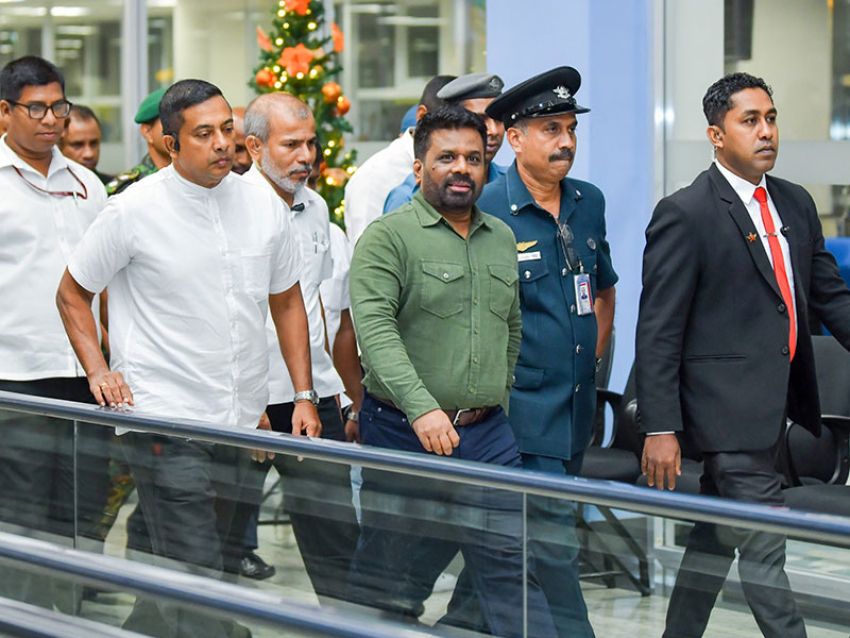We could feed millions more people without producing any more food than we already do.Here’s how the food supply chain is being redesigned to stop good, nutritious food going in the bin.We’ve all done it. You buy a bunch of bananas, take one before placing the rest in the fruit bowl and then go on with your life, rushing to work in the morning, walking the dog in the evening and generally forgetting about your purchase. Ten days later, they look brown and pitiful. So instead of making a smoothie or a banana cake, you throw them away, wondering aloud what made them go brown so fast.
And it’s not just bananas. Overall, a third of food is wasted or lost – either before or during harvest, on its way to consumers or, as with bananas in the fruitbowl, after it has been bought. In our complex and globalised food system, something is going awry between farm and fork. If we are to support a growing world population while cutting carbon emissions and minimising environmental impact, then tackling excessive food waste is one of the biggest challenges.
Bananas, as the one of the most popular fruits in the world, are not a bad place to start. The banana industry is worth $36bn (£28.4bn) a year. But each year hundreds of thousands of tonnes are lost or wasted. The UK-based agri-tech startup Tropic Biosciences aims to change that.
The company wants bananas to last longer – not before they turn brown but before they ripen in the first place. By looking closely at the fruit’s genome, the company’s scientists can locate genes involved in making a fruit hormone called ethylene. This hormone is crucial to the ripening process. The aim is then to edit these genes, so that the ripening process is delayed and shelf life extended.
This could help traders as they move fruit across the world, from producers in regions such as Latin America or Asia to markets elsewhere.“By extending the shelf life, you can reduce wastage in transportation,” says Gilad Gershon, chief executive of Tropic Biosciences. “Banana is the most shipped fruit in the world. If we can reduce wastage by a few percentage points, the impact on the environment and on margins is quite significant.”
For decades, the race to feed more people has been a matter of how much produce farmers can grow. Questions abound: is your land fertile enough? Are you using the right plant? Did you harvest at the right moment? But increasingly, the world is noticing that much of that food is never eaten in the first place.
The issue of food loss and food waste took off in 2011 when the UN Food and Agriculture Organization (FAO) commissioned a special report into how efficient – or inefficient – our food chain was. The study concluded, based on some rough estimates, that globally one-third of food produced for human consumption is lost or wasted.
“Think about the l, the energy, the water that goes into producing that food, into getting it to the consumer,” says Rose Rolle, food loss and waste team leader at the FAO. “When you throw away food, all those efforts and resources are also thrown away.”
From their lab in Norwich, Tropic Biosciences works to address this situation from the outset. “You might use different cooling or transportation technologies, but if you address the genetics early on, the impact can be higher,” says Gershon.
Food products made from gene-edited crops are already being sold in the US, and countries such as Japan and Argentina have light regulations in place for such crops. However, in the EU, there are much heavier regulations, considering gene-edited crops on a par with traditionally genetically modified organisms (GMOs), with fewer being developed as a result.
00:00 / 00:00
Cooling mangos
There are two main ways that food ends up in the bin. The first is between the producer and the market – known as food loss. The second is when food is discarded by the consumer after it has been bought – known as food waste.
Developing countries are more frequently ailed by food loss, partly because of poor storage facilities, inadequate transport conditions and lack of infrastructure. Meanwhile, in developed countries food loss is also the main factor, but food waste also becomes significant.
According to the FAO, individual consumers in Europe and North America waste around 95kg to 115kg (209 to 253lb) of food annually, while this figure in sub-Saharan Africa and South and South East Asia is only 6kg to 11kg (13lb to 24lb) a year.
For fruit, the picture is particularly bleak. Around 40 to 50% of fruit and vegetables get either lost or wasted globally. Kenya’s mango season, between December and March, is prime example of why. There are mangoes everywhere and farmers have few options available.
“Not only is it not sustainable in terms of food systems, but there’s also lost income for the smallholder farmers,” says Jane Ambuko, a horticulturalist at the University of Nairobi.
Most mango farmers are in a race against time: if they can’t sell their stock fast enough, their fruit will deteriorate and no one will buy them. Without affordable cooling technology, farmers end up accepting meagre prices before their hard-earned fruits are spoiled.
Ambuko has come up with a unique solution to the problem – fooling aircon units into working better at cooler temperatures. She first hacked an aircon unit in 2015, installing a small electrical device, called a Coolbot, that tricks the air conditioner into getting colder without freezing over. The system uses multiple sensors, a heating device and a micro-controller to direct the aircon to go below its default lowest temperature without freezing.
This way, you can turn any well-insulated room into a cold room for a fraction of what it would cost to buy a refrigeration unit. A seemingly docile aircon can reach as low as 8C (46F) without breaking a sweat aided by this device, which was designed by an American farmer.
Ambuko helped install two Coolbots in eastern Kenya and she’s supporting two associations of smallholders teaming up to improve their conditions. One of them can now store up to 12 tonnes of produce in a Coolbot-adapted storage room, an off-grid wet charcoal cold room and two zero-energy brick coolers. The farmers in these associations can now plan ahead, safely storing their fruits while they bargain with potential buyers.
Ambuko’s work with the mango farmers goes beyond cooling. In Karurumo, a core group of around 20 farmers have set up a processing centre, where very ripe mangoes can be made into juice or dehydrated to be sold as flakes.
“Whatever is not sold can be transformed into something else, thus minimising losses at the center,” Ambuko says.
00:00 / 00:00
“Avocado batches are infamously diverse, with one fruit’s ripeness varying wildly from the next.”
Mangoes are relatively simple fruit to deal with when it comes to ripeness. An unripe mango is hard and an overripe mango is very squishy – immediately obvious to the touch. But some fruits pose a much greater challenge.
Avocados are more deceptive. One in five will either never ripen or is overripe when it reaches consumers. So the scientists at Wageningen University and Research (WUR) are looking for a way to predict when an avocado will be at its prime.
“As long as quality is above a certain threshold, we consider it food. If it goes below, then we consider it waste,” says Eelke Westra, programme manager at WUR’s Post-Harvest Quality Programme. “My job is to keep it above that threshold.”
European markets in particular are currently dominated by ready-to-eat avocados, fruits that are just right on the day they’re sold. As such, they must be kept in special ripening rooms until they are close to the desired quality. Then they are quickly transported to shops and markets where they are sold.
But deciding when an avocado is ripe is tricky. When a machine takes skin samples or drills into the flesh to detect the ripeness of a sample, it also spoils the avocado. One solution is to take acoustic measurements instead. “You knock the fruit and measure the sound going through the food as a measure of firmness,” says Westra. Or you can project an infrared light beam on the fruit, with a sensor picking up the light reflected by the avocado: some wavelengths are absorbed by its molecules, while others are reflected. “The whole reflective spectrum is a measure for the firmness of the avocado,” he says.
Some versions of these technologies are currently used in European storage rooms, days or weeks before the fruits are harvested. But even this method of ripeness-testing might not be enough to prevent waste. Avocado batches are infamously diverse, with one fruit’s ripeness varying wildly from the next.
Researchers at WUR are looking into two possible solutions: expanding current processing power to monitor each fruit individually, or even more ambitiously, to start scanning the fruits before they are harvested.
Yet another is to accept that just as fruits are not all alike, people’s tastes aren’t either. “If we can make use of natural variations in food and veggies, knowing the preferences of each consumers, we could pair them,” says Westra, dreaming of a world where each person’s tastes can be satisfied if previously understood.
And Westra is not the only one aware that individual differences between fruits plays a major role in waste.
Wonky veg
The box arrived overnight and waits outside, just beyond the doorstep in a London cul-de-sac lined with blossoming trees. I took it inside with glee and placed it on the kitchen table, still none the wiser about its content. It would be fruit and veggies, for sure, but what exactly? Aubergine, perhaps? Clementines? Asparagus? It felt like foodie Christmas.
Like many other home-delivery services, the content of Oddbox boxes remains a mystery for subscribers. But this London-based company has a twist: it delivers wonky produce that farmers would not be able to sell in our aesthetics-obsessed markets.
There are a growing number of initiatives like Oddbox and a mental exercise helps to explain why they exist. Imagine you’re in a supermarket, in front of the papaya stand. Two fruits capture your attention and they both look irresistible, but upon closer inspection you notice one has a weird lump that breaks its even skin. Although perfectly edible, it does look a bit freaky. Which one would you choose for tomorrow’s breakfast?
“People will shop with their eyes and they will probably select the best-looking produce, thinking that means better taste,” says Oddbox co-founder Emilie Vanpoperinghe, who launched the company in 2015 with her husband Deepak Ravindran. They team up with farmers across the UK, visit their fields and offer to purchase produce like oversized apples, odd-looking potatoes and surplus carrots rejected by mainstream retailers.
Vanpoperinghe recalls visiting a carrot packhouse where the vegetables needed to fit a particular bag and where “anything that was too small or too big or without the proper shape would get binned”. That producer would be an ideal partner.
Between 20 to 40% of produce in the UK is binned before it even leaves the farm, mostly because they look a bit odd, says Vanpoperinghe. Supermarkets and other retailers simply won’t take them, and likely you won’t either. Across Europe, 50 million tonnes of fruit and vegetables are discarded each year for the same reason.
That started as a small-scale operation now serves 8,000 boxes to homes in London and around 200 to offices. It works with 50 different farmers across the country, big and small.
Inside my box in London were end-of-season surplus red kale from Lincolnshire, small brown onions from Suffolk and, oddly, a pineapple. Do pineapples even grow in the UK? It turns out that no, they actually came from Costa Rica and there was an overabundance of them in Britain. After they had been shipped halfway around the world, it turned out no-one would take them.
“In the UK we bring produce from all around the world and then end up wasting it here,” says Vanpoperinghe when asked about the pineapple. So, they bought the lot.
Even the perfect-looking fruit that most supermarkets stock their shelves with are often destined not to make it to customers’ carrier bags. To stop waste at this stage, businesses in the Netherlands have come up with several ingenious solutions.
Reclaiming waste
“If food loss and waste were a country, it would be the third largest emitter of greenhouse gases.”
What’s the biggest contributor to landfills and incinerators in the US? Yes, food. The Environmental Protection Agency (EPA) estimates that food constitutes 21.6% of discarded solid waste. And because this falls within municipal jurisdiction, there’s one key player to involve in food loss and food waste prevention: cities.
“Cities are both uniquely positioned to deal with food loss and food waste and highly motivated to do so,” says JoAnne Berkenkamp, senior advocate at the Healthy People & Thriving Communities Program at the Natural Resources Defense Council. Municipal authorities want to free landfills and feed those who are food insecure, while also reaching related targets like reducing greenhouse gas emissions.
Beyond the toll it takes on resource use, discarded food is a major contributor to climate change. When food is left to rot in landfills, it releases methane, a powerful greenhouse gas that’s many times more damaging than carbon dioxide (CO2). Food loss and food waste contribute close to 8% of global emissions.
“If food loss and waste were a country, it would be the third-largest emitter of greenhouse gases after China and the US,” says Berkenkamp.
Along with two colleagues, in 2017 she produced a report that looked precisely into how cities can reduce food loss and waste, with a focus on New York, Nashville and Denver. Her team discovered that each person was throwing away an average of 900g of edible food a week; 68% of all the food that ended up in the bin was edible.
In many parts of the world beyond the US, the problem is the same. The difficulty is not that there isn’t enough food to go around, but that only some people can access it.
Tatiana Vargas coordinates the Costa Rican charity Plato Lleno (or “Full Plate”), which aims to “rescue” edible food that would otherwise be thrown away. Her organisation picks up leftover meals from events and restaurants and delivers them to orphanages, elderly homes and food banks.
Organisations like Plato Lleno work at the end of the food value chain. It’s always better to prevent waste at earlier stages, for instance educating consumers about how to calculate for events, but if those previous steps fail, they act as a safety net. Beyond food rescue and donation, the only options are composting or animal feed.
Late on a Thursday evening, Vargas waits with two colleagues, nutritionist Carolina Bolaños and graphic designer Gidget Monge at a diner, closing for the day with 30 loaves of bread that wouldn’t be used the next day. It takes no more than five minutes and one person to collect them, so they combined the rescue mission with a chance to chat about their work.
“It’s a shame when this happens and there’s no-one to pick it up,” says diner administrator Darling Noguera, who says in other places she’s worked they have had to regularly throw away perfectly edible food. “One thinks about homeless people who have nothing to eat.”
So far, Plato Lleno has collected 10.6 tonnes of food in less than 500 missions. Before their work began, restaurants and catering services were throwing everything to the bin. “They were literally paying to have someone take good food to the dump,” says Vargas.
Similar organisations are springing up all over the world – some of them, like the app Too Good To Go, now operating across several countries in Europe.
In the 21st Century, food is a planetary affair: grains and produce are shipped across the globe, and diners in Beirut are learning to appreciate Peruvian quinoa. And even if a third of all food is lost along the way, global efforts to address loss and waste are ramping up.
The motivations come from all quarters: financial arguments, ethical reasons, climate action and so on. But most of the people driving the change are also looking to reconnect people with food and help them appreciate where it comes from. That connection is increasingly hard in our urban landscapes, but organisations around the world are willing to give it a try.
In the end, it might be a matter of survival. “The world population is growing and the world is not getting any bigger,” says WUR’s Westra. Rather than just producing more food, we could turn our sights to what’s already here.

